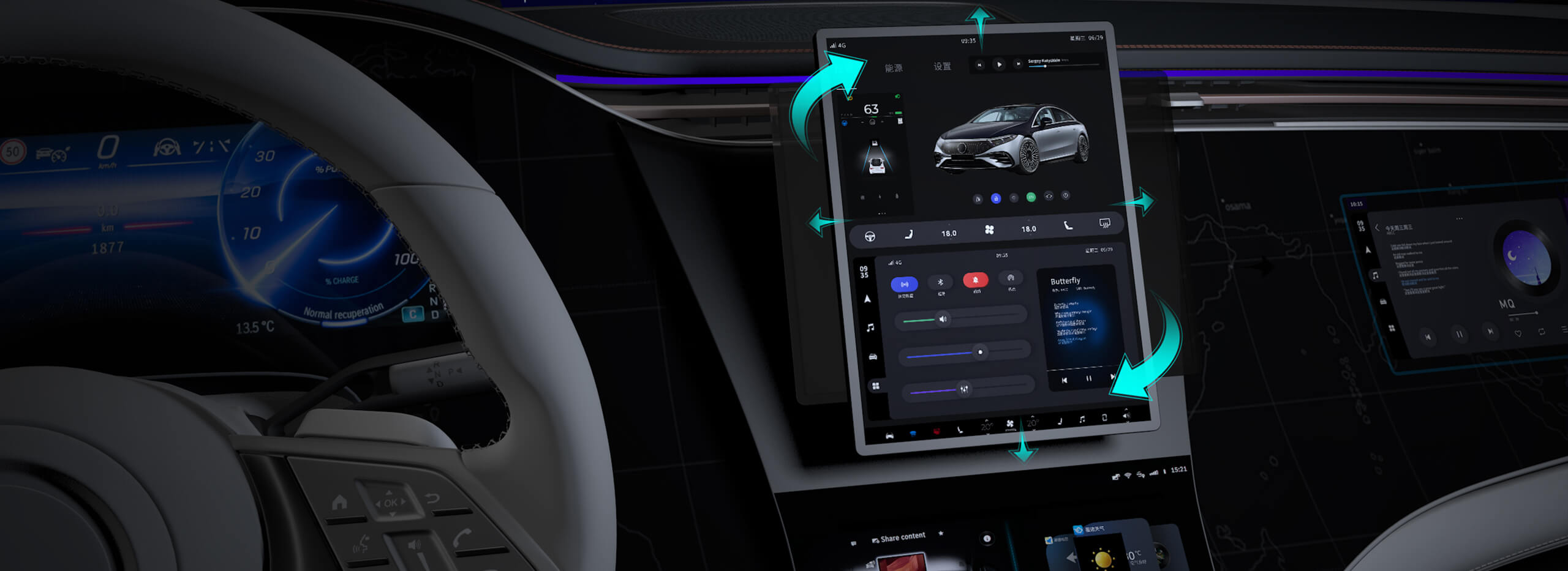Thinking about building a modern, scalable app? You’ve probably come across the buzzwords “microservice” and “REST API.” But what’s the real difference? And which one fits your project better? Let’s dig into this because it’s more than just tech jargon — it’s about how you design, deploy, and run your system.

Microservices are like having multiple tiny factories instead of one huge factory. Each microservice handles a specific piece of your application—think user authentication, product listing, payment processing. They’re independent, but work together seamlessly. When you need to update a feature, you don’t shut down the whole system. Instead, you tweak just that tiny factory. That’s agility for you. It’s about flexibility, scalability, and resilience. If one microservice crashes, the rest keeps humming along.
Now, REST API — that’s like the delivery system for these tiny factories. It’s how they talk to each other. REST, or Representational State Transfer, is an architectural style for creating networked applications. It’s based on simple ‘requests and responses’ over HTTP. When your mobile app wants to check product info or process a payment, it sends a request to your REST API. Think of it as a menu everyone follows, making communication straightforward. This simplicity is part of the magic—no need for heavy protocols, just HTTP verbs like GET, POST.
Here’s a thought: what if someone asks, “Isn’t REST API the same as microservices?” Well, no—that’s like saying a car and its engine are the same thing. REST API is a way for different parts of your system to interact. Microservices are the parts themselves. They often use REST APIs for communication, but they can use other methods too—gRPC, message queues, you name it.
It's tempting to think one is enough. Maybe just a monolithic app with some REST layers. But large-scale apps? They need microservices to spread their wings. Why? Because microservices allow you to grow each part separately, fix issues faster, and adopt new technology stacks without rewiring your whole system. Think about how Netflix or Amazon structure their infrastructure—they’re masters of microservices with REST APIs acting as the connectors.
If you’re trying to decide which to push forward with, consider your priorities. Want quick scaling and independent deployment? Microservices are your friend. Looking to streamline communication and keep things simple? REST API is a must. The two are often best buddies, rather than rivals, especially in complex, high-demand environments.
So, in the end, they're tools that serve different purposes but complement each other perfectly. Think of microservices as the building blocks, and REST APIs as the language they speak. Getting that right can turn a clunky, tightly-coupled system into a flexible, resilient powerhouse. Whether you're launching a new app or aiming to refactor an existing one, understanding this combo makes all the difference. Wouldn’t you want to build something that scales when demand hits higher notes? That’s what smart architecture gets you—more than just code, it’s about future-proofing your business.
Established in 2005, Kpower has been dedicated to a professional compact motion unit manufacturer, headquartered in Dongguan, Guangdong Province, China. Leveraging innovations in modular drive technology, Kpower integrates high-performance motors, precision reducers, and multi-protocol control systems to provide efficient and customized smart drive system solutions. Kpower has delivered professional drive system solutions to over 500 enterprise clients globally with products covering various fields such as Smart Home Systems, Automatic Electronics, Robotics, Precision Agriculture, Drones, and Industrial Automation.




































